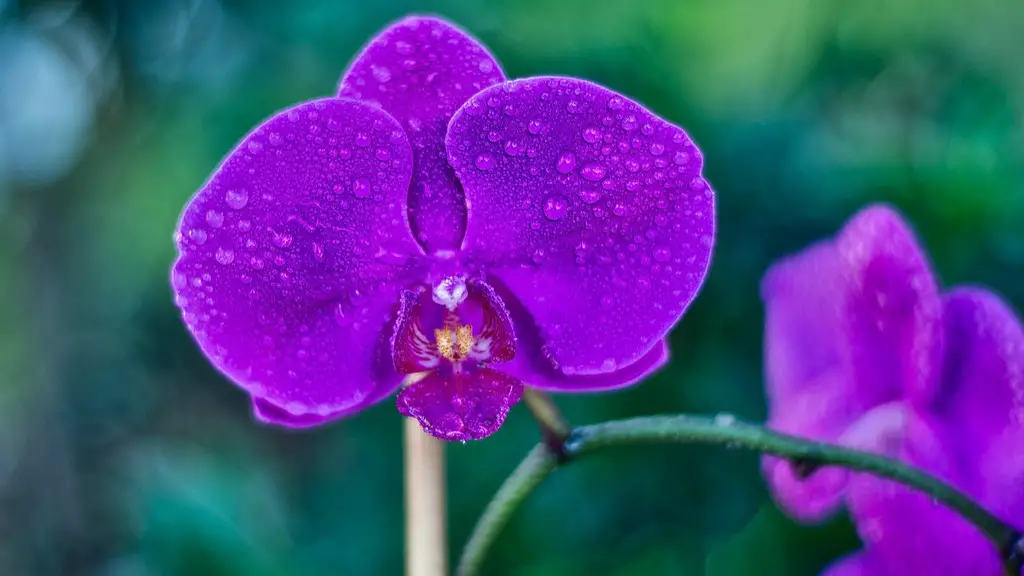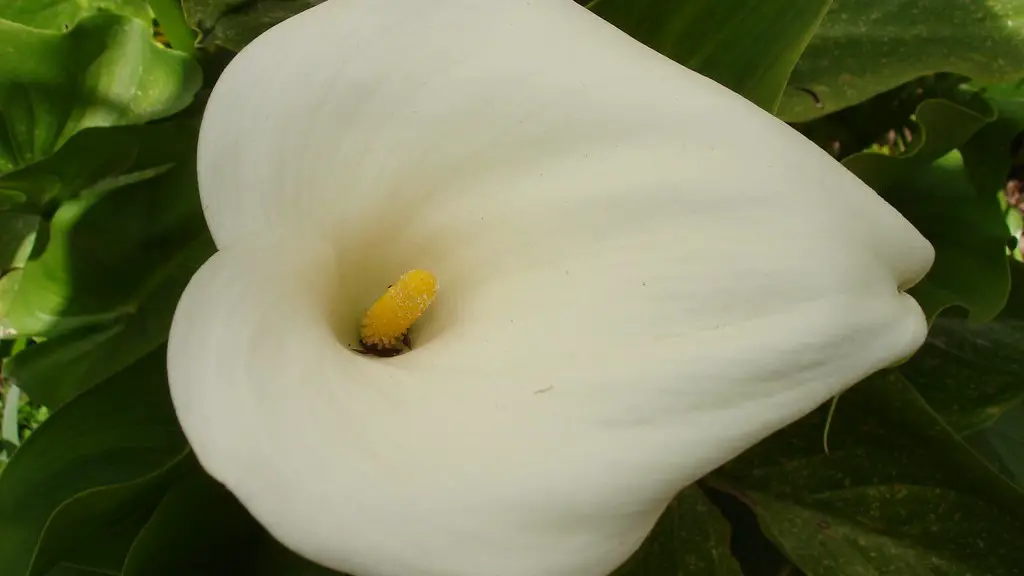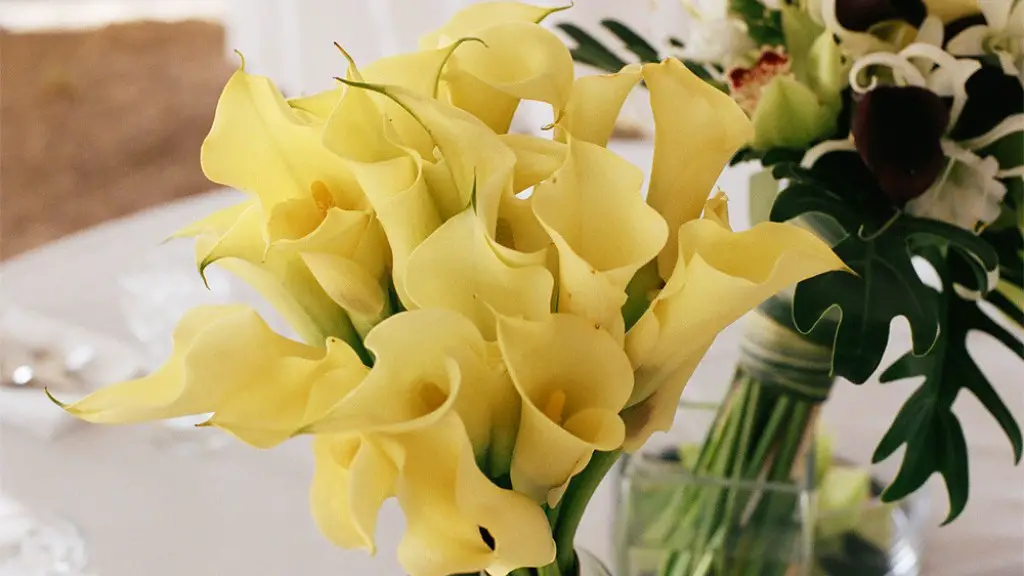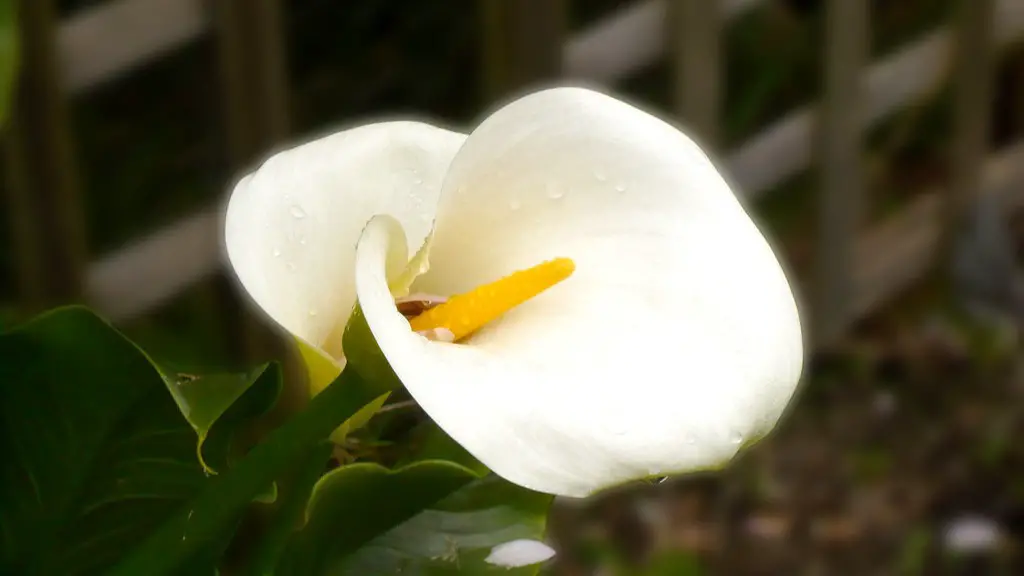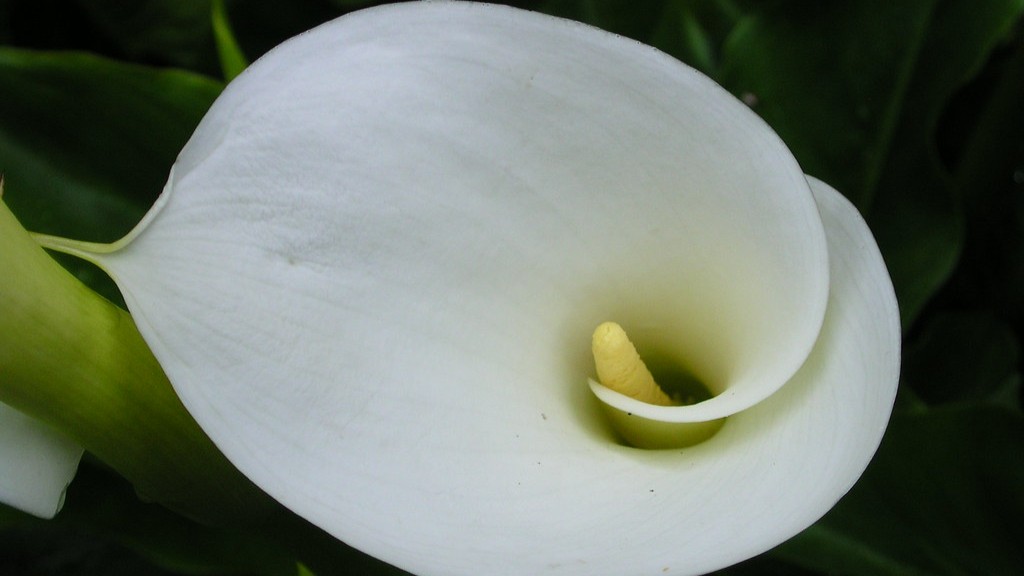The Phalaenopsis orchid is a popular choice for indoor growers because it is relatively easy to care for and can bloom multiple times a year. If your orchid is not currently in bloom, don’t worry! With proper care, it will likely bloom again soon.
Once your orchid has bloomed, it will typically rest for a few months before it blooms again. The length of this rest period varies depending on the species of orchid, but is generally around 3-4 months.
How long does it take for Phalaenopsis to bloom again?
The flowers of a phalaenopsis orchid usually bloom for several months, and the plant can be pollinated again during this period. It can take anywhere from 9 to 14 months for an orchid to complete a life cycle. If it does not die, it can typically re-bloom once every 8 to 12 months.
Cutting back the stem of a plant to the nearest bud is a common practice in gardening. Doing so stimulates the production of another flower stem over the next few months.
How do you tell if your orchid will bloom again
When your orchid is getting ready to rebloom, you’ll see something that looks like a root sprouting from the media. The tip of the growth will take the shape of a mitten. If your new growth is a root, it will maintain a rounded edge.
Most phalaenopsis species are native to areas close to the Equator and do not need a specific photoperiod to induce flowering. Instead, it is the low temperature that triggers phalaenopsis to start the flowering process. Phalaenopsis are generally easy to care for, and with proper care, they will bloom for several months.
How do I get my Phalaenopsis to flower again?
If you want your orchid to rebloom, make sure it gets plenty of light. Place it in an area with bright, indirect sunlight. The more light it gets, the longer its blooms will last and the greater its chances of reblooming.
Orchids require a lot of light to produce flowers, but they can’t handle too much direct sunlight. The leaves of the plant will change color to indicate whether the light is adequate. If the leaves are pale green, the plant needs more light. If the leaves are dark green, the plant is getting too much light.
Why does my orchid grow leaves but no flowers?
If your orchid isn’t blooming, it could be because it isn’t getting enough light. Make sure to give it enough light exposure, especially if it’s a variety that needs more than the filtered light from a windowsill.
Watering your orchid with three ice cubes each week will help it stay hydrated and healthy. Make sure to do this even if the plant does not have any blooms.
Do orchids bloom again on the same stem
The Phalaenopsis orchid is the only orchid that will rebloom on the same stalk. All other orchids will bloom again, but not from the same stalk. All other orchids can be trimmed at the base of the flower stalk.
This is a quick recap of how to tell if your orchid is healthy and happy. Look for thick, rubbery leaves, uniform green foliage, and white roots with green tips. Also, check for plentiful and vibrant blooms. These are all signs that your plant is doing well.
What does an orchid look like when it needs to be repotted?
Orchids are a beautiful and popular type of houseplant, but they can be finicky. One important thing to remember is that they prefer a small pot. As they grow, their roots will weave through the compost in the pot. Eventually, they will run out of room and their roots will start to push the plant up above the rim of the pot or reach out into the air. This is a sign that it’s time to re-pot the plant.
If you cut the stem back to a node, new growth will emerge from the node. This is a good option if the stem is still green.
If you leave the stem intact, it will eventually turn brown and die. However, you may get some new flowers on the stem before it dies.
Do Phalaenopsis orchids Rebloom on the same stem
As far as orchids go, Phalaenopsis is one of the more commonly available kinds. It’s also one of the only types that will re-bloom from its old spike. If you take good care of a Phalaenopsis, you can expect it to bloom again.
To keep your orchid alive and healthy, follow theseSimple Tips:
– water every 3-4 days, allowing the potting mix to dry out slightly in between
– mist the foliage every 2-3 days using tepid water
– never spray the flowers, as the petals can be marked by water
– provide good airflow around the plant
– fertilize every 2 weeks using a balanced fertilizer
What temperature do Phalaenopsis flower?
Phalaenopsis orchids are induced to flower when they are exposed to temperatures lower than 79 F (26 C), particularly during the day. Traditionally, growers use a 77 F/68 F day/night (25 C/20 C) temperature regimen for spike initiation.
This is an important stage for the plant, as it allows it to replenish its nutrients and prepare for the next blooming cycle. It’s important to not disturb the plant during this time, as it can interfere with the process and prevent the plant from blooming again.
Do orchids bloom again after the flowers fall off
If your plant is not blooming, don’t worry! Just fertilize it monthly or every other week and it will bloom again in no time.
Phalaenopsis orchids are a beautiful addition to any home, and they bloom in the late winter through the spring. In late June and July, the Phalaenopsis orchids in our collection finally lose their blooms, but some will remain in bloom for awhile longer. The ideal time to repot orchids is when they go out of bloom, and Phalaenopsis is no exception.
Warp Up
The answer to this question depends on a few factors, such as the type of phalaenopsis orchid and the growing conditions. However, in general, most phalaenopsis orchids will bloom every year.
Assuming that the plant was blooming and then stopped, it should bloom again in about two to three months.
